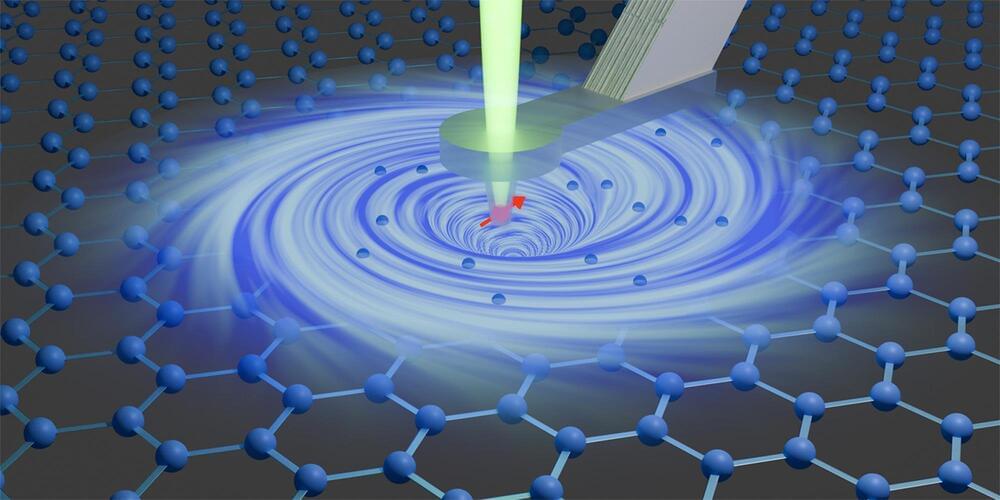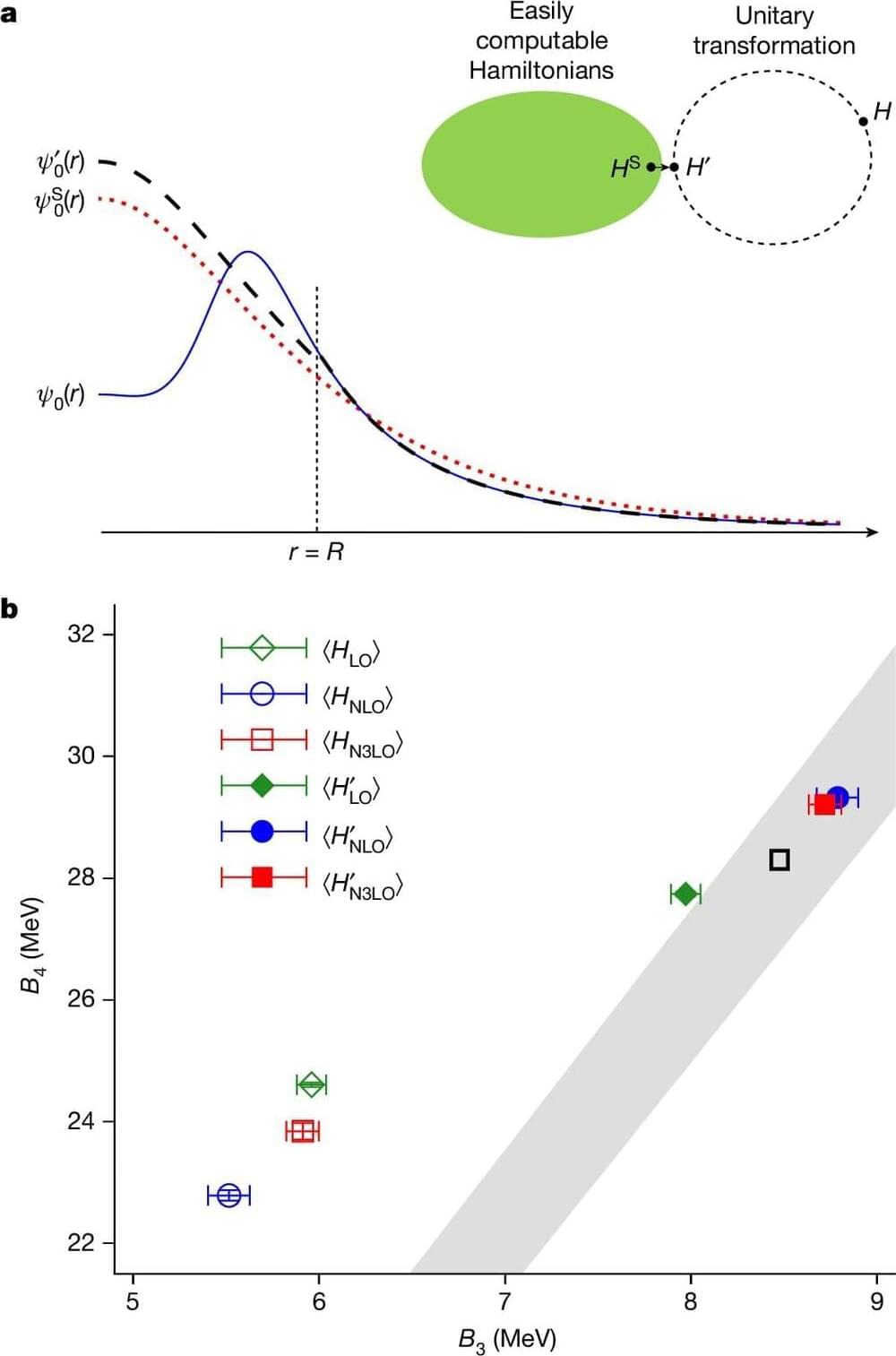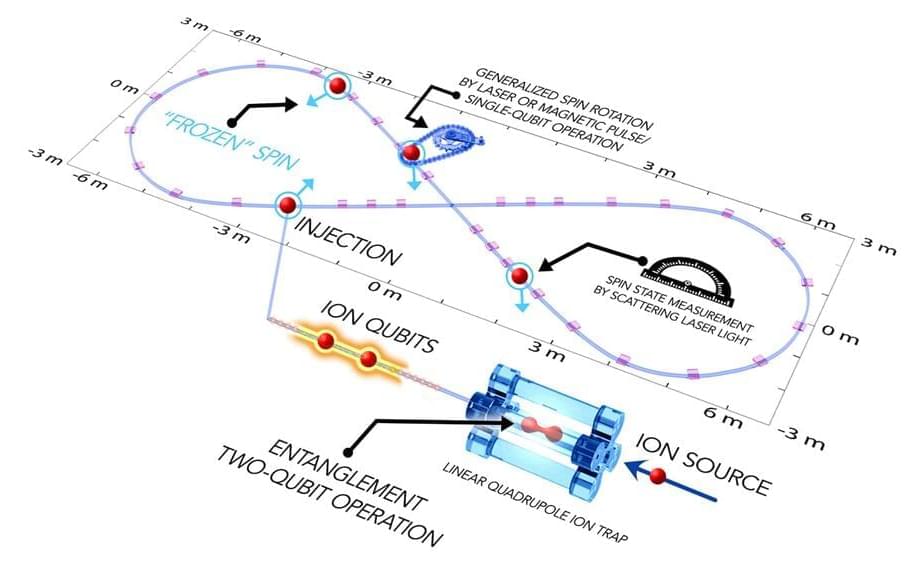Solid-state batteries store and release electric charge by moving ions back and forth between two electrodes. From our typical perspective, the ions flow through the battery’s solid electrolyte like a gentle stream.
But when seen on an atomic scale, that smooth flow is an illusion: Individual ions hop erratically from one open space to another within the electrolyte’s roomy atomic lattice, nudged in the direction of an electrode by a steady voltage. Those hops are hard to predict and a challenge to trigger and detect.
Now, in the first study of its kind, researchers gave the hopping ions a jolt of voltage by hitting them with a pulse of laser light. To their surprise, most of the ions briefly reversed direction and returned to their previous positions before resuming their usual, more random travels. It was the first indication that the ions remembered, in a sense, where they had just been.









